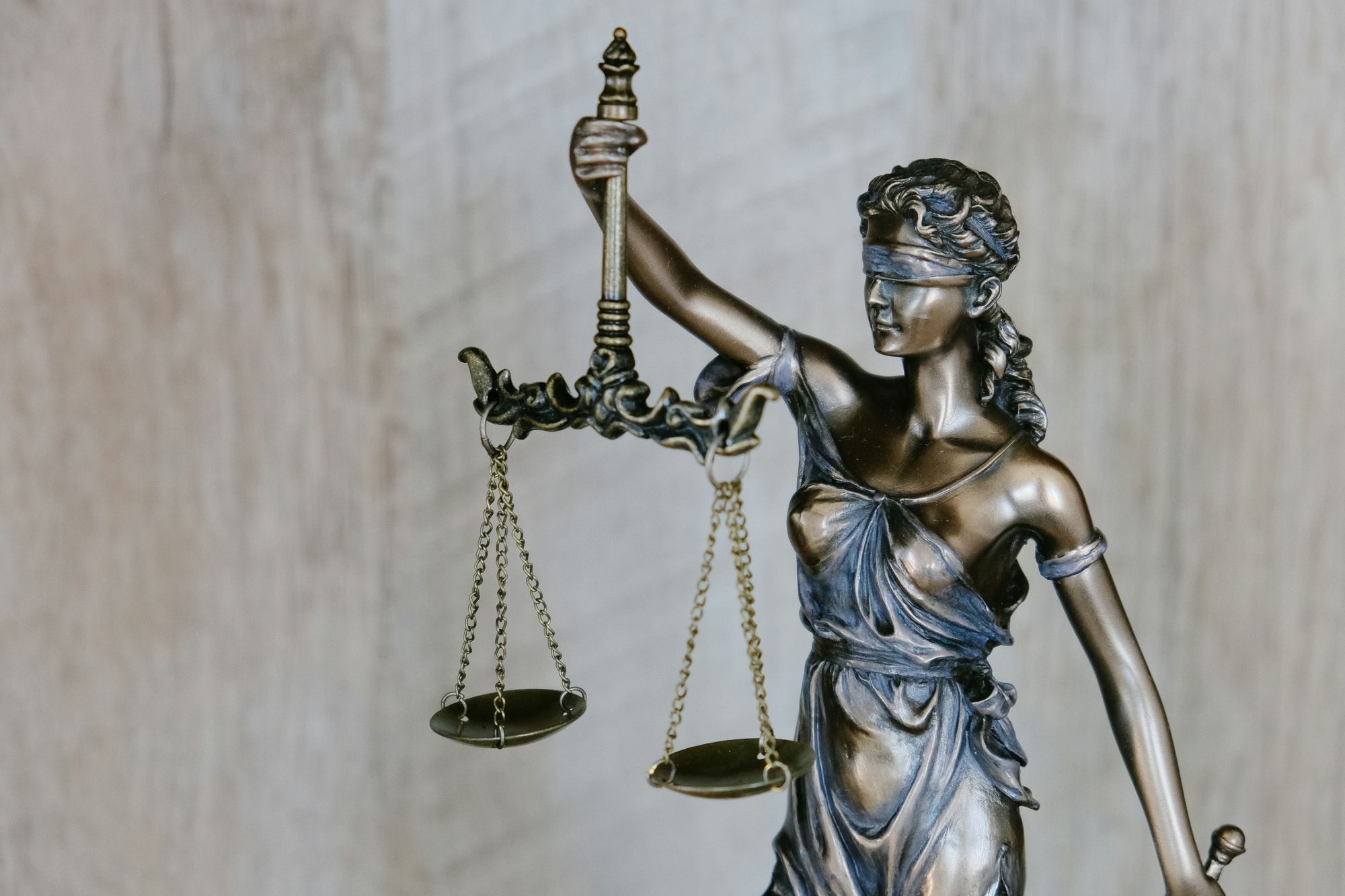Executing a will is a critical responsibility that ensures a deceased person’s final wishes are carried out correctly. The estate executor is responsible for managing the estate, distributing assets, and settling debts. Understanding the legal and procedural steps involved can help executors fulfill their duties efficiently.
1. Obtain the Death Certificate
The first step in executing a will is obtaining an official death certificate from the provincial or territorial vital statistics office. This document is necessary for financial institutions, government agencies, and probate applications.
Learn how to obtain a death certificate in Canada.
2. Locate and Review the Will
Find the most recent version of the will and review it carefully. Ensure it is legally valid and notarized, as an outdated or contested will can complicate execution.
Key considerations:
- Identify the named executor(s).
- Verify the list of beneficiaries.
- Review any specific asset distribution instructions.
3. Apply for Probate (If Required)
Probate is the court process that validates a will and grants the executor legal authority to act. Probate is typically required when:
- The deceased owned real estate solely in their name.
- Financial institutions require court approval before releasing funds.
- There are complex assets or potential disputes.
The executor must submit a probate application to the provincial court along with the will, death certificate, and an inventory of assets.
Learn about probate in Canada.
4. Notify Government Agencies and Financial Institutions
The executor must inform relevant institutions of the death to close accounts, transfer benefits, and settle financial obligations. These include:
- Canada Revenue Agency (CRA): To file the final tax return.
- Service Canada: To cancel CPP, OAS, and other benefits.
- Banks and investment firms: To transfer or close accounts.
- Insurance providers: To process life insurance claims.
- Utility and subscription services: To prevent ongoing charges.
5. Identify and Secure Estate Assets
The executor must compile a comprehensive list of estate assets and safeguard them until distribution. These may include:
- Real estate
- Bank and investment accounts
- Personal property (vehicles, jewelry, collectibles)
- Business interests
If assets need valuation, hiring a professional appraiser can help determine fair market value.
6. Pay Outstanding Debts and Taxes
Before distributing assets, the executor must settle all outstanding debts, taxes, and estate expenses. These include:
- Funeral and burial costs
- Mortgage and loan payments
- Credit card balances
- Income tax and estate tax obligations
The CRA requires the executor to file a final tax return and obtain a tax clearance certificate before completing estate distribution.
7. Distribute Assets to Beneficiaries
Once debts are cleared, the executor can distribute remaining assets according to the will. This may involve:
- Transferring property ownership.
- Liquidating and distributing funds.
- Dividing personal belongings among beneficiaries.
If disputes arise, mediation may be required to resolve conflicts among beneficiaries.
8. Keep Detailed Records and Close the Estate
Maintaining accurate records of all transactions ensures legal compliance and transparency. Executors should:
- Document asset valuations and distributions.
- Keep receipts for payments and expenses.
- Provide an estate accounting report to beneficiaries.
Once all tasks are completed, the estate can be formally closed, and the executor’s duties are complete.
Executing a will requires careful legal and financial management. Understanding each step of the process—from probate application to asset distribution—ensures the estate is settled efficiently and in accordance with the deceased’s wishes. Consulting an estate lawyer or financial advisor can provide additional support for complex estates and legal challenges.





